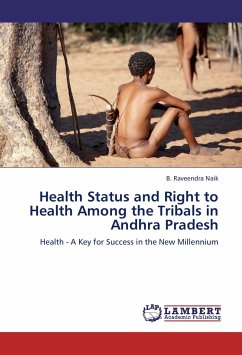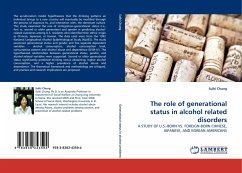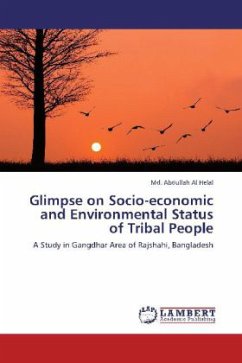
Health Status and Right to Health Among the Tribals in Andhra Pradesh
Health - A Key for Success in the New Millennium
Versandkostenfrei!
Versandfertig in 6-10 Tagen
52,99 €
inkl. MwSt.

PAYBACK Punkte
26 °P sammeln!
According to the 2001 Census, the population of Scheduled Tribes in the country is 8.43 crores, which is 8.2 per cent of the total population of the country. Most Indian tribes are concentrated in heavily forested areas that combine inaccessibility with limited political or economic significance. Historically, the economy of most tribes was subsistence agriculture or hunting and gathering. Tribal members traded with outsiders for the few necessities they lacked, such as salt and iron. Lack of personal hygiene, poor sanitation, poor mother-child health services health serviced, managed care. Th...
According to the 2001 Census, the population of Scheduled Tribes in the country is 8.43 crores, which is 8.2 per cent of the total population of the country. Most Indian tribes are concentrated in heavily forested areas that combine inaccessibility with limited political or economic significance. Historically, the economy of most tribes was subsistence agriculture or hunting and gathering. Tribal members traded with outsiders for the few necessities they lacked, such as salt and iron. Lack of personal hygiene, poor sanitation, poor mother-child health services health serviced, managed care. The benefits covered under a health contract, absence of health education, lack of national preventive programmes and lack of health services are responsible for the poor health of the tribals. Problems like in-sanitary food supplies, water contamination, and poor food intake reflect on the health status of tribals. The tropical diseases like malaria are still widespread and rampant in the tribal areas. Hence, better nutrition and good environmental health are the important. The present book gives full details about health status and rights to health among the tribals in Andhra Pradesh, India.












